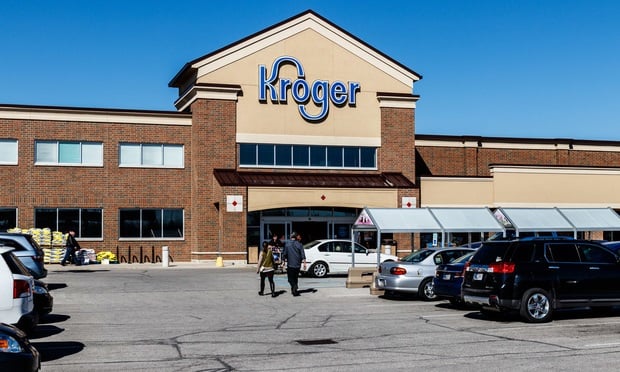Depending on the submarket, it will take anywhere from six months to 30 months to recover to a 10% vacancy rate, which the brokerage firm says will be at equilibrium.
"It's got a cold, but it doesn't have a brain tumor," Trammell Crow broker Greg Holm says of the market.
Trammell Crow bases its projections on historic absorption. Some of the more than 100 people attending their presentation, however, say that perhaps it will take even longer for the market to recover because absorption recently has slowed.
"You have to use something," Ann Sperling, Trammell Crow's managing director tells GlobeSt.com after the presentation. She notes the company used absorption rates for the past few years. She says they could have gone back 10 years, but the market was totally different a decade ago than it is today. And if Trammell Crow made projections on a slower absorption rate, "there would be too many moving variables," she says.
The southeast market will take the longest of the three major submarkets to recover, says Joe Serieno, a Trammell Crow broker. He says the problem is a fall-out of demand, rather than over-building.
Still, the market has 5.6 million sf of available space, including subleased space and new space that will come on line by year-end, he says. That will take 24 to 30 months to return to equilibrium.
The Central Business District is in the best shape, and should reach equilibrium in six to 12 months, says Holm. Two new office high-rises, one by Hines and the other by Brookfield, which are on the drawing board, won't open until 2003 and 2004 at the earliest, giving the market plenty of time to get back on its feet, he says. Also, there currently are tenants scouting for 700,000 sf Downtown.
On the negative side, Qwest Communications may dump more sublease space on the market and the city is building a 300,000-sf municipal building that will leave a number of empty offices in its wake.
The Northwest Boulder corridor had a vacancy rate of more than 20%, when subleased occurred. At the recent absorption numbers of 800,000 sf per year, it will reach equilibrium in 18 to 24 months, says broker Richard Damm. Some other reports have put the vacancy along the corridor at a much higher rate.
But Damm says his report may be broader, because it includes the Boulder, which has an office vacancy rate of only 6% or 7%.
"But I do think it will get worse before it gets better," Damm tells GlobeSt.com. "I think I would go along with the consensus that it will rise to 25% or 30% before it starts to fall again."
On the other hand, the market could recover quickly, with a few big deals, he notes.
Want to continue reading?
Become a Free ALM Digital Reader.
Once you are an ALM Digital Member, you’ll receive:
- Breaking commercial real estate news and analysis, on-site and via our newsletters and custom alerts
- Educational webcasts, white papers, and ebooks from industry thought leaders
- Critical coverage of the property casualty insurance and financial advisory markets on our other ALM sites, PropertyCasualty360 and ThinkAdvisor
Already have an account? Sign In Now
*May exclude premium content© 2024 ALM Global, LLC, All Rights Reserved. Request academic re-use from www.copyright.com. All other uses, submit a request to [email protected]. For more information visit Asset & Logo Licensing.








